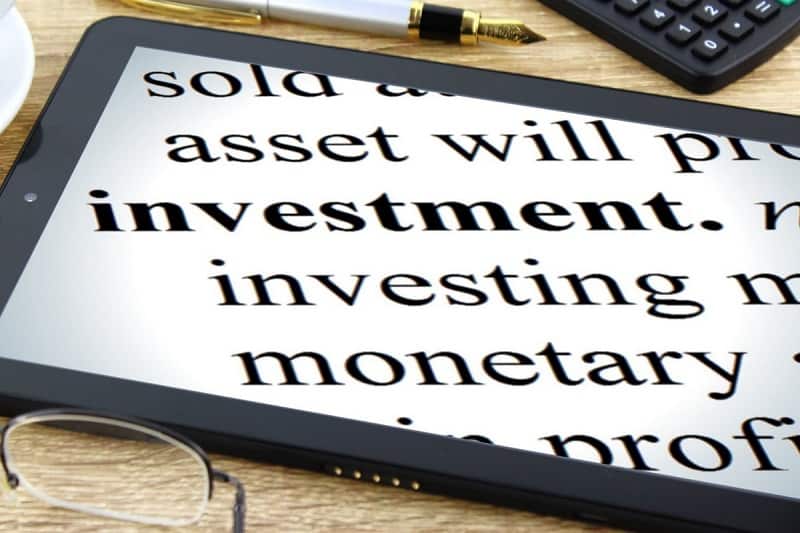
The entry point is very important and can determine the end of your trade both in losses or in profits.
Having a good entry point is the first round in reaching a prosperous trade.
What is the entry point? It is actually the price investors have to pay to buy/sell a stock. The exit point, on the other hand, represents the price at which investors exit the trade with loss or in profit.
While the entry point has been extensively examined from the divergence/convergence aspect, the exit point has not got full attention.
Why is that? Well, exits may have hidden tendencies.
But let’s stay on a good entry point.
Traders’ successes or failures depend a lot on trade entries. One wrong entry can destroy your trading, for example. Yes, traders are using stop-loss to lessen the risk in case the market makes big moves.
But let’s talk about how the risk-reward potential can be enhanced by a better trade entry.
First of all, never enter the trade when the market is near to extreme highs or lows from the recent position. That fault may ruin your trade.
We already have seen traders that decided to enter the trade when the trend broke the final high with the hope that the stock price will continue running up.
That was the wrong decision because when the price reaches its highs, in most cases the only way it can go further is down. The price will drop into the previous range. So, you will make a loss.
The reason behind this is that markets never move in one direction forever. Especially after the trend reaches extreme highs and lows. If you place the entry point when the trend reaches the highest, it will always result in losses.
But if you like to take more risks in trading you can do that but be sure where you want to set the stop-loss to lower your losses when exiting the trade.
The wrong entry may occur if you are trying to enter the trade at the point where a large move is, but you are not sure what caused this move is. The direction may shift quickly in the opposite direction and your trade will end in losses.
Reversal strategy for a good entry point
Some traders like to set entry using reversal strategy. What does that mean?
In this entry strategy, the traders are taking the trade with the hope that the market will make changes its trends. They are using pivot point levels, so-called Fibonacci levels. This entry is useful only when the market isn’t trending in an obvious, clear direction.
Don’t use this in all trading.
The real role of a good entry point
The role of a good entry point is to allow you to identify high probability trades. You need the confirmation that you have an edge by reducing emotions.
You need a trading strategy that makes sense and where you can execute entry orders with confidence. It is very important and your good entry point should provide you that. Otherwise, it isn’t good.
Eventually, with a good entry point, you are more likely to enter the profit target or stop-loss. And the chance to look for other opportunities is here also.
A good entry will help you to repeat your trades and increase your advantage. But don’t be too focused on your entry point. Overoptimizing is never good.
Bottom line
A good entry point is very important for the success of your trade. But the exit point is what will control your profit. So, you will need to optimize it. To be honest, the best way is backtesting and finding out what works best for you. There are two ways to do that. You can use complicated calculations, charting, etc. or you can use Traders Paradise’s unique and simple app for optimizing your exit strategy. It’s up to you.
Remember, all is important. But as you can see, you can enter the trade in many situations but you can end your trade with only two: profit or loss.
Trading is a game, you have to make the best move at the right moment.



















